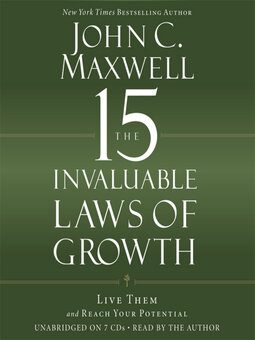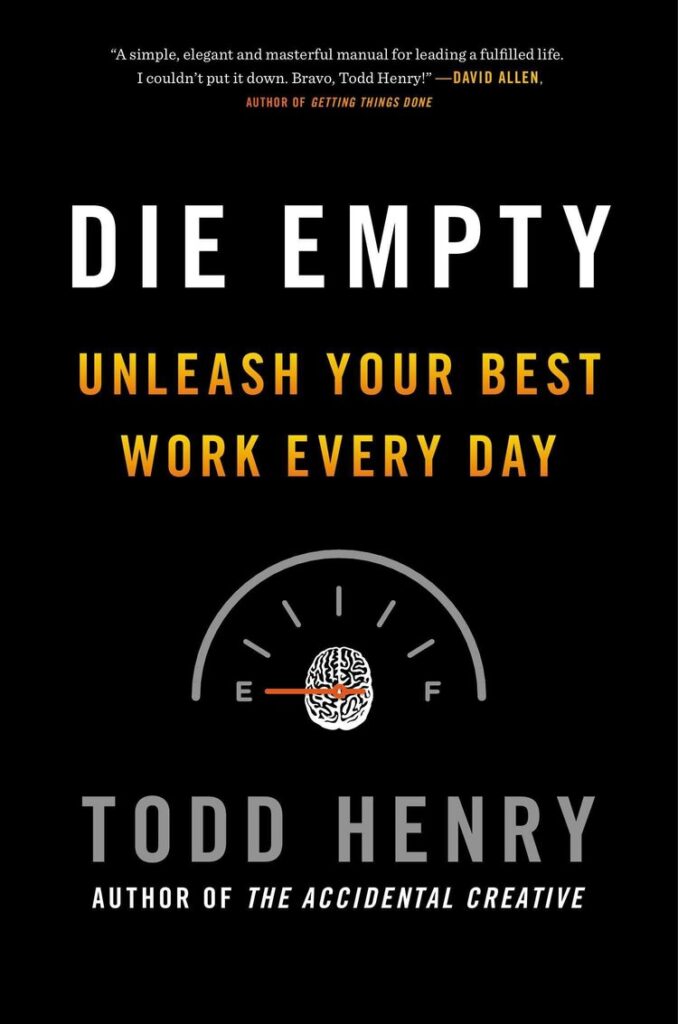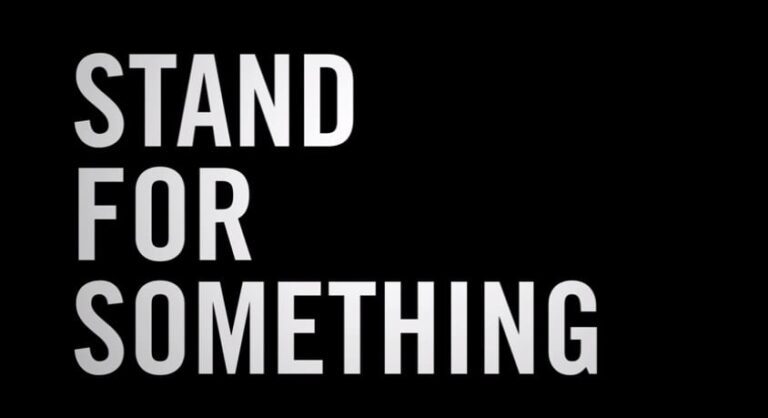If you don’t design your own life plan, chances are you’ll fall into someone else’s plan. And guess what they have planned for you? Not much. – Jim Rohn
American essayist Ralph Waldo Emerson once quipped: “To be yourself in a world that is constantly trying to change you is the greatest accomplishment.” If you don’t stand for something, you fall for everything. Most of us live on autopilot, people-pleasing, without healthy boundaries and invariably do not stand for anything. A life stance is your position on life, a frame of reference in which you are known.

Life stance 1 is a term used to describe people’s overall frame of reference—the set of attitudes, assumptions, and expectations people hold about themselves, other people, and the world in general.
It comprises, for instance, people’s attitudes toward money, assumptions about their health, and expectations for their children’s future. The product of any person’s life stance is their overall way of looking at things: whether they tend to be optimistic or pessimistic, cheerful or gloomy, trusting or suspicious, friendly or reserved, brave or timid, generous or stingy, giving or selfish. If you can maintain a positive life stance, you put yourself in the best position to manage bad experiences and turn them into positive growth.

Take a stand—don’t shape-shift 2
You are better positioned to make a contribution if you align your work around your values. Don’t be a mirror, passively reflecting the priorities of others. You must dig through the rubble to the core principles that guide your life, come hell or high water. Then commit to engaging your work with a clean conscience, knowing that you are holding true to those principles. There is plenty of room to experiment and try new things, but if you don’t stand for what you believe in, you will eventually lose yourself in your work.
Meditation
- Daily Calm with Tamara Levitt – Expectations
- Sensation is whatever physical experience we observe in the framework of our body; it’s not a blissful or relaxing feeling we’ve heard about. We aren’t practicing correctly if we are looking for a particular sensation. Rather than observing what is, we are craving something that isn’t in our experience; this habit of craving is precisely what we are trying to release.
- Cravings are what is responsible for our suffering. Release all expectations when you practice. Vipassana teaches us to observe the reality of our experience as it is not as we like it to be. Observing our experience objectively with acceptance is the path to liberation.
“Suffering happens when we expect life to be something more and different than what it is in the present moment. When we let go of all expectations, there is peace.” ― Kim Eng
- Daily Jay with Jay Shetty – Wiggle Room
- Too often, we carefully plan our calendar and our life, then when one thing unexpectedly shifts; it all falls apart. We are stressed, we lose sleep, and if it keeps happening, we burn out. We may think that if an emergency happens, we might pivot, but it is not that simple. On the other hand, if we learn to leave a few gaps, here and there like NASA engineers leave wiggle room for their shuttle. We can absorb the shock of these shifts a bit better.
- On the surface, leaving extra space might not feel as efficient as we are wasting time. But in reality, that padding provides a buffer that can keep things on track when a surprise threatens to derail us. Wiggle room can be as simple as leaving a few extra hours open in your weekly or monthly schedule.
- Try holding 30 unplanned minutes at the end of the day. Perhaps one day a week or schedule meetings to end 5 or 10 minutes before the hour. That little trick can buy you some snippets here and there.
- When we start to leave wiggle room in our lives, every little shake-up won’t cause a breakdown.
- Meditation is an exercise in awareness without judgment. We learn to notice our thoughts, emotions, and sensations, and then accept whatever we notice.
Podcast
When our phones are just phones with Kai Tang and Joe Hollier of Light | How I Built This with Guy Raz
All the Best in your quest to get Better. Don’t Settle: Live with Passion.



Comments are closed.